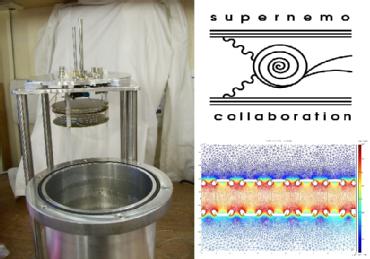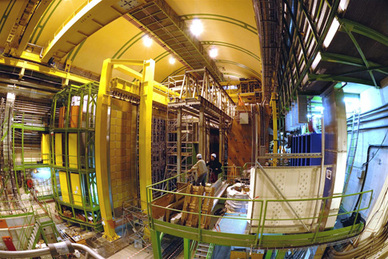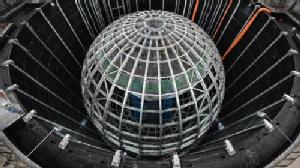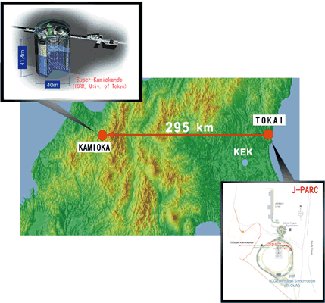Postgraduate Study
Enquiries
We anticipate being able to offer PhD studentships commencing in October 2026 (typical duration 42 months). We are happy to discuss possible funding opportunities with all prospective applicants.
In order to apply for a PhD place at the University of Warwick, please visit this page where you can find a link to the application form and instructions on how to complete it. More information about how funding works, and what options are available, can also be found at that location.
Please contact Dr. John Marshall (John.Marshall@warwick.ac.uk) and Dr. Nicole Skidmore (Nicole.Skidmore@warwick.ac.uk) - enquiries are always welcome.
Research projects
A list of possible postgraduate research projects that can be undertaken at Warwick can be found at the following links
Neutrino experiments (including DUNE, HyperK, JUNO, T2K)
Warwick experiment pages
| ATLAS | |
 |
ATLAS is a multipurpose experiment at the LHC, built to study particles produced in high-energy proton-proton collisions of protons. The Warwick ATLAS group is involved in a number of areas. We study the production and decay of the Higgs boson and searches for additional Higgs bosons, precision measurements of the decays of the top quark to search for deviations from the Standard Model and detailed studies of the fragmentation process as quarks turns into hadrons. We have responsibilities in the ATLAS trigger which decides which collisions to record and the construction of the new ITk tracks for HL-LHC. Ph.D. Applications in any of these areas are welcomed. A description of available projects can be found here. |
 |
Our detector research and development targets innovative technology for neutrino experiments. This covers various diverse topics, from recent efforts into accelerator-based neutrino physics and neutrino astrophysics applications to specific neutrino mass searches using double beta decay. |
| DUNE | |
|
The Deep Underground Neutrino Experiment (DUNE) is based in the USA. It will use the world’s most intense neutrino beam, and cutting-edge Liquid-Argon Time-Projection Chambers (LArTPC) detectors, to help answer some of the biggest outstanding questions about the nature of our universe. It will search for CP violation in the leptonic sector, make precision measurements of the parameters governing neutrino oscillations, search for nucleon decay, and search for the burst of neutrinos expected if a core-collapse supernova occurs in our galaxy. Descriptions of possible neutrino projects can be found here. |
|
| Hyper-K | |
 |
Hyper-K is a successor project to Super-K with the capability of making definitive measurements of the main outstanding questions in oscillation physics: CP-violation, mass hierarchy and the |
| JUNO, or Jiangmen Underground Neutrino Observatory, is a next-generation neutrino experiment under construction in China. Using 20 kilotons of liquid scintillators, its primary goal is to detect neutrinos from nuclear power plants and determine the neutrino mass ordering. As an observatory that will operate for the next few decades, it will also study interesting phenomena involving neutrinos from various natural sources. Descriptions of possible neutrino projects can be found here. | |
| LHCb | |
 |
B physics is the study of the 'b' or 'beauty' quark. This heavy quark has fascinating properties, such as the phenomenon of 'flavour oscillations' by which it can change into its own anti-quark. Studying these enables us to distinguish between matter and anti-matter via the related phenomenon of CP violation. Further studies could allow us to detect the presence of new forces beyond the Standard Model of particle physics. At Warwick we are playing a leading role in measurements of the angle |
|
|
The T2K experiment is being built to direct a beam of muon neutrinos 295km from the J-PARC accelerator in Tokai, Japan, to the Super Kamiokande detector at Kamioka. It is hoped that the very rare oscillation of muon neutrinos into electron neutrinos can be detected. Descriptions of possible neutrino projects can be found here. |
Postgraduate Training
New PhD students will take part in taught courses on particle physics, detector device physics, statistics and computing best-practice organised through the Midlands Physics Alliance Graduate School. Students also have opportunities to take part in teaching as assistants in undergraduate labs or problem classes.


